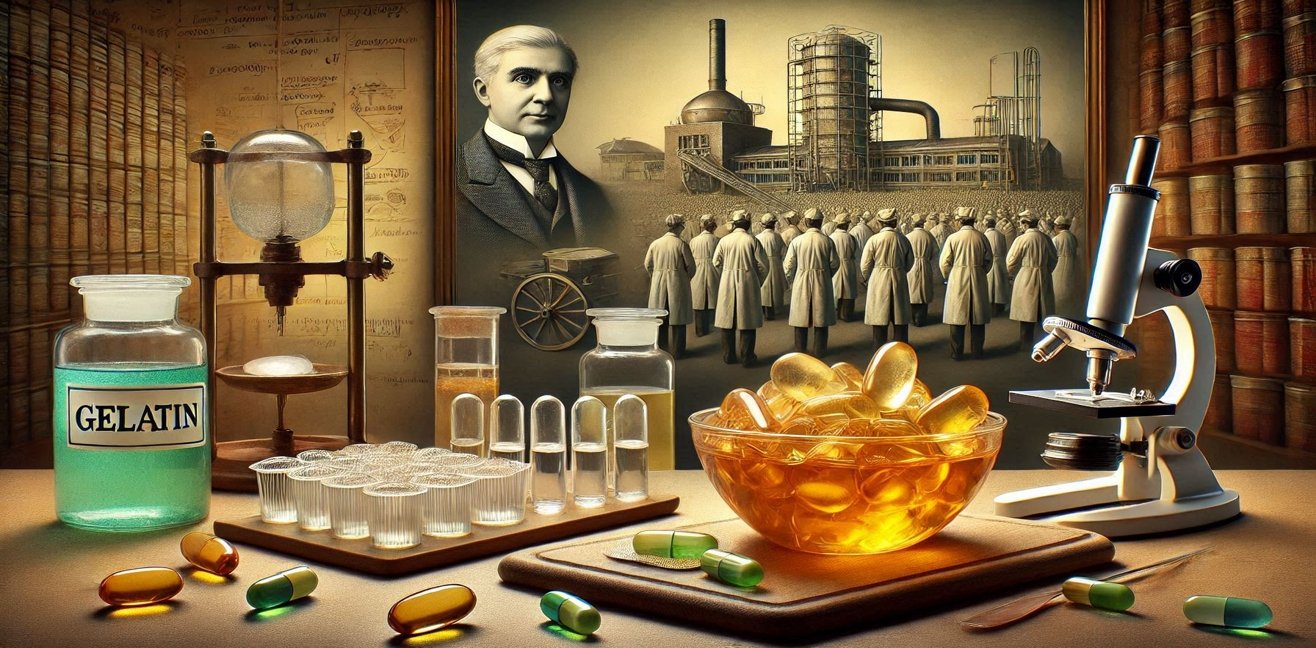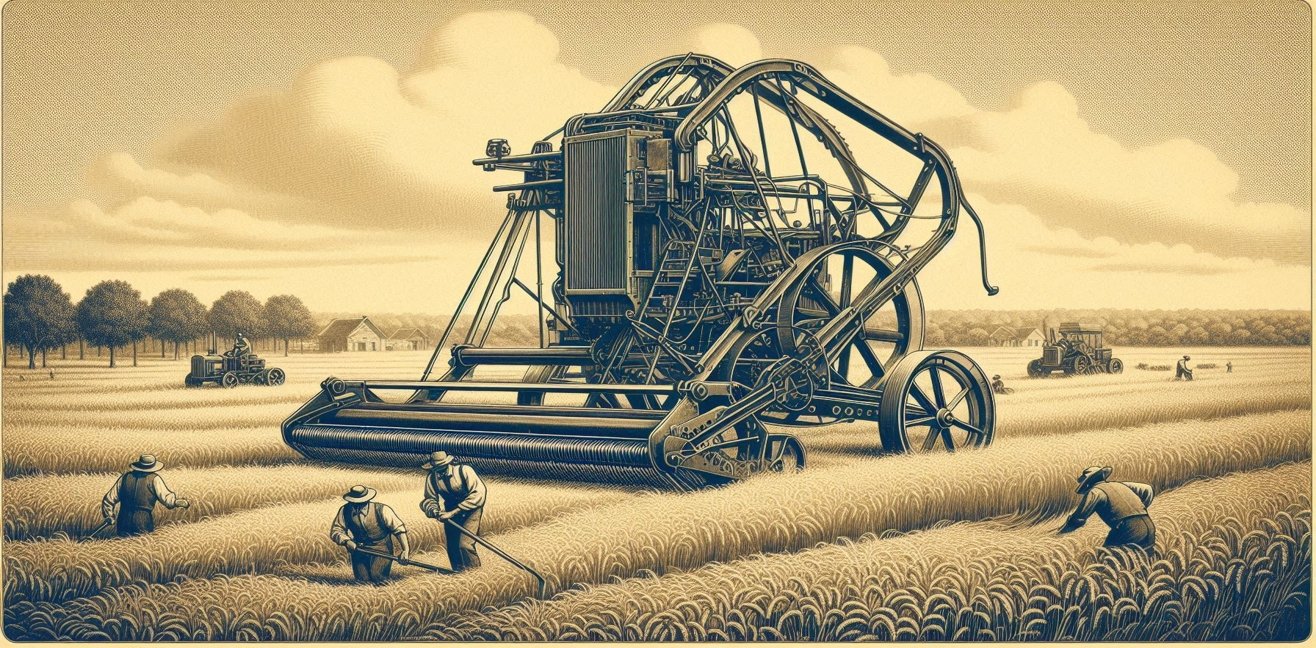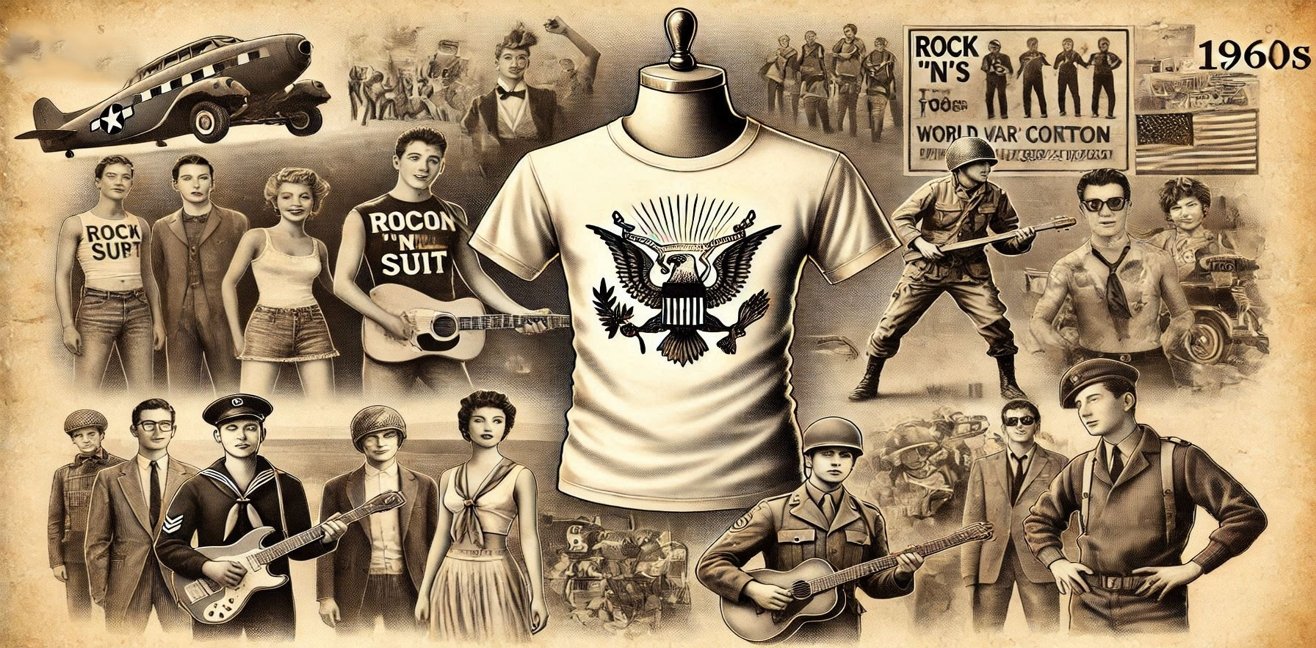Many of the food items we encounter daily have a fascinating and often historic story behind them. One of these stories is the invention of gelatin. Gelatin is known as a substance that alters the texture and consistency of food, giving it stability and sometimes making it even more delicious. However, the origins of gelatin have an interesting past filled with science and history.
The story of gelatin’s invention dates back to the 19th century. In the early 1800s, French chemist Henri Braconnot discovered the basic principles of gelatin by dissolving animal bones and connective tissues. However, it was later in the years that German scientist and entrepreneur Peter Cooper developed and commercialized the modern form of gelatin.
In 1862, Peter Cooper developed a method for the industrial production of gelatin. By grinding animal bones and connective tissues, extracting their essence, and processing it, gelatin production was made possible. Cooper’s invention was revolutionary in the food industry. Gelatin became a fundamental component in products like jelly, sweets, cake coatings, and many others.
Gelatin is used not only in the food industry but also in the pharmaceutical industry. As a common material for capsules and coatings, gelatin plays an important role in this field as well.
Today, gelatin is still widely used in the food industry. It improves the texture and consistency of foods while giving them durability and stability. It is also known for adding an extra flavor to many food products.
The invention of gelatin has improved the formulation and quality of many products in the food industry, providing new possibilities in food preparation and presentation. This makes gelatin the invisible hero of food.




